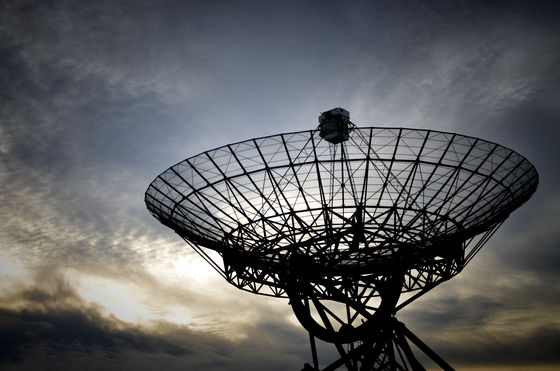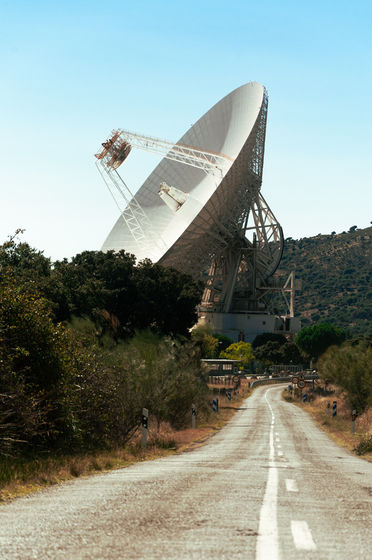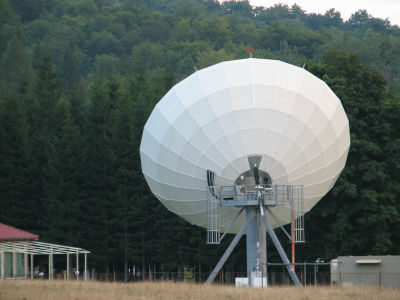Why is there no '37 channels' in American terrestrial broadcasting with more than 80 channels?

There are hundreds of television stations in the United States, including pay-TV, each broadcasting a variety of programs on separate channels. There are so many channels in the United States, but for some reason 'Channel 37' does not exist, and the reason is summarized
Why Channel 37 Doesn't Exist (And What It Has to Do With Aliens)
https://www.vice.com/en/article/dy8by7/why-channel-37-doesnt-exist-and-what-it-has-to-do-with-aliens
In 1952, the Federal Communications Commission (FCC) lifted the ban on ultra high frequency (UHF) for television. From this day onward, the number of American television stations has increased from 108 to 2051 at once.
When the FCC lifted the UHF for television, the 608MHz-614MHz band was to be used as 'channel 37', and as of 1952, this channel 37 was assigned to 18 television stations.

However, at the same time as the UHF lift, the University of Illinois built a 400-foot-long radio telescope in Danville, Illinois. This radio telescope used a frequency in the 600MHz band for observation.

At a conference of the International Telecommunication Union held in 1959, there was an agreement that 'some of the frequencies important for scientific and technical applications would be secured', and multiple frequencies including the 600MHz band were secured. .. However, the University of Illinois, which operates radio telescopes, thought that it was not enough, and in 1960, applied to the FCC to 'allocate the 600MHz band only to radio telescopes.'
According to McVittie, even from a fellow radio astronomy at the time, 'Are you going to ask the American people to give up one TV channel for science? I've never heard of such a stupid thing.' It was said that it was premature to allocate the 600MHz band only for scientific and technical applications to the FCC that received the application.
As McVittie and colleagues were concerned, New Jersey, just 600 miles from Danville, would be flooded with inquiries about Channel 37 in the next few years. In particular, in Paterson, New Jersey, there was no option to 'broadcast TV on channels other than channel 37' due to restrictions such as FCC regulations. However, broadcasting on channel 37, even just outside the 600-mile range, can hinder research.
Therefore, the FCC at that time said, 'Until at least 1968, by making sure that there are no stations using channel 37 within a radius of 600 miles of the radio telescope, scientist McVittie said that the radio telescope using the frequency of 600 MHz 'The stations listed under Channel 37 will not be able to broadcast anything between 0 and 7 o'clock, so McVittie will have virtually a few hours of research time per day.' Is possible. ”Two compromises have been made.
The FCC then encouraged neighboring countries such as Canada and Mexico to ban the use of frequencies used in radio astronomy as well.

Initially, the FCC said it wouldn't use channel 37 for 10 years, but eventually changed its regulation to a permanent outage. As for the specific reason why the FCC changed its mind, the rumor that 'the FCC is trying to hinder the development of radio astronomy' spread all over the United States, and then letters of protest from many researchers and scientists. It is said that one of the triggers was the influx of.
Another reason is that operating channel 37 on Patterson can cause radio interference with Danville's radio telescope, which does not necessarily occur at critical times in the observation process. Motherboard speculates that the FCC may have decided not to take the risk.
For this reason, Channel 37 has finally been used in North America and neighboring countries since the analog broadcasting era. However, it seems that channel 37 exists in some countries such as the Caribbean countries including the Dominican Republic and Trinidad and Tobago.
The FCC then permits the use of the 600MHz band, which was assigned to channel 37 in 2000, for wireless medical telemetry services. Regarding this, FCC said, 'Although there are existing restrictions in the 600MHz band, by allocating to wireless medical telemetry services, it will be possible to effectively utilize radio waves while protecting radio astronomy and government activities. and ' said we.
'The only reason was that nonprofits and people in the tech industry got together and lobbied hard,' Motherboard said of why Channel 37 wasn't used. I praise it as a thing.
Related Posts:
in Note, Posted by logu_ii







